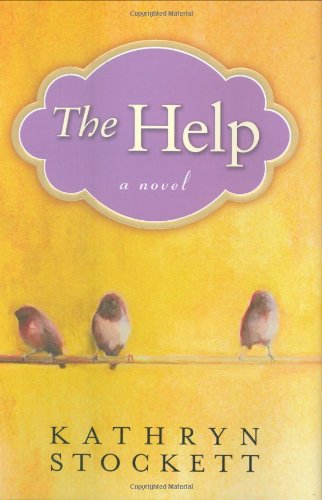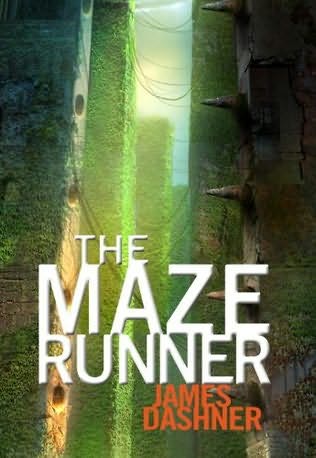Here are the selected choices for this month!

1. Storm of Swords by George R.R. Martin
Of the five contenders for power, one is dead, another in disfavor, and still the wars rage as violently as ever, as alliances are made and broken. Joffrey, of House Lannister, sits on the Iron Throne, the uneasy ruler of the land of the Seven Kingdoms. His most bitter rival, Lord Stannis, stands defeated and disgraced, the victim of the jealous sorceress who holds him in her evil thrall. But young Robb, of House Stark, still rules the North from the fortress of Riverrun. Robb plots against his despised Lannister enemies, even as they hold his sister hostage at King’s Landing, the seat of the Iron Throne. Meanwhile, making her way across a blood-drenched continent is the exiled queen, Daenerys, mistress of the only three dragons still left in the world.
But as opposing forces maneuver for the final titanic showdown, an army of barbaric wildlings arrives from the outermost line of civilization. In their vanguard is a horde of mythical Others--a supernatural army of the living dead whose animated corpses are unstoppable. As the future of the land hangs in the balance, no one will rest until the Seven Kingdoms have exploded in a veritable storm of swords. . .

2. The Magicians by Lev Grossman
Like everyone else, precocious high school senior Quentin Coldwater assumes that magic isn't real, until he finds himself admitted to a very secretive and exclusive college of magic in upstate New York. There he indulges in joys of college-friendship, love, sex, and booze- and receives a rigorous education in modern sorcery. But magic doesn't bring the happiness and adventure Quentin thought it would. After graduation, he and his friends stumble upon a secret that sets them on a remarkable journey that may just fulfill Quentin's yearning. But their journey turns out to be darker and more dangerous than they'd imagined.

3. Never Let me Go by Kazuo Ishiguro
All children should believe they are special. But the students of Hailsham, an elite school in the English countryside, are so special that visitors shun them, and only by rumor and the occasional fleeting remark by a teacher do they discover their unconventional origins and strange destiny. Kazuo Ishiguro's sixth novel, Never Let Me Go, is a masterpiece of indirection. Like the students of Hailsham, readers are "told but not told" what is going on and should be allowed to discover the secrets of Hailsham and the truth about these children on their own.
Offsetting the bizarreness of these revelations is the placid, measured voice of the narrator, Kathy H., a 31-year-old Hailsham alumna who, at the close of the 1990s, is consciously ending one phase of her life and beginning another. She is in a reflective mood, and recounts not only her childhood memories, but her quest in adulthood to find out more about Hailsham and the idealistic women who ran it. Although often poignant, Kathy's matter-of-fact narration blunts the sharper emotional effects you might expect in a novel that deals with illness, self-sacrifice, and the severe restriction of personal freedoms.

4. The Dead Witness by Michael Sims
The Dead Witness gathers the finest adventures among private and police detectives from the nineteenth century and into the early twentieth--including a wide range of overlooked gems creating the finest ever anthology of Victorian detective stories. "The Dead Witness," the 1866 title story by Australian writer Mary Fortune, is the first known detective story by a woman, a suspenseful clue-strewn manhunt in the Outback. This forgotten treasure sets the tone for the whole anthology-surprises from every direction, including more female detectives and authors than you can find in any other anthology of its kind. Pioneer women writers such as Anna Katharine Green, Mary E. Wilkins, and C. L. Pirkis will take you from rural America to bustling London. Female detectives range from Loveday Brooke to Dorcas Dene and Madelyn Mack. In other stories, you will meet November Joe, the Canadian half-Native backwoods detective who stars in "The Crime at Big Tree Portage" and demonstrates that Sherlockian attention to detail works as well in the woods as in the city. Holmes himself is here, too, of course-not in another reprint of an already well-known story, but in the first two chapters of A Study in Scarlet, the first Holmes case, in which the great man meets and dazzles Watson. Authors range the gamut from luminaries such as Charles Dickens to the forgotten author who helped inspire Edgar Allan Poe's "The Murders in the Rue Morgue," the first real detective story. Bret Harte is here and so is E. W. Hornung, creator of master thief Raffles. Naturally Wilkie Collins couldn't be left behind. Michael Sims's new collection unfolds the fascinating and entertaining youth of what would mature into the most popular genre of the twentieth century.





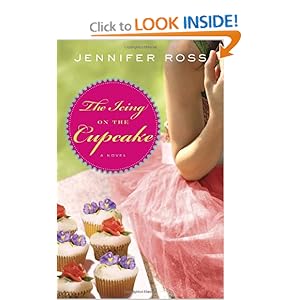


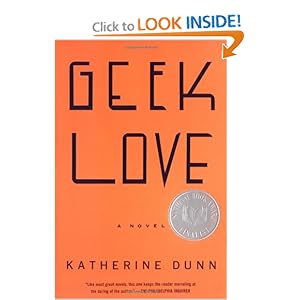



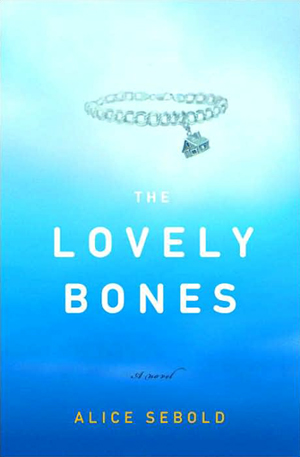


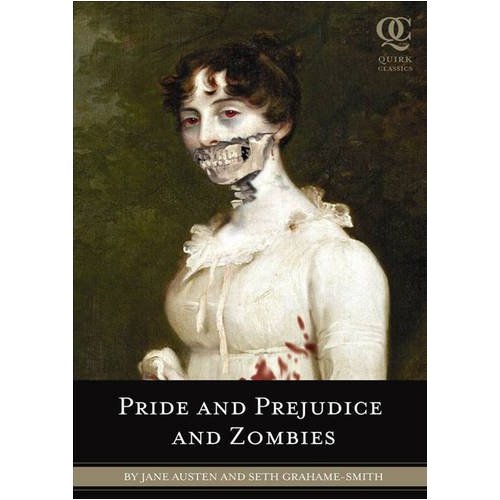
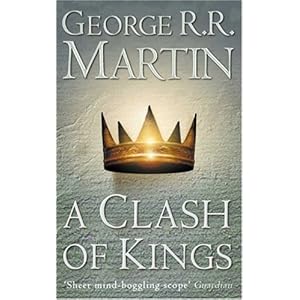







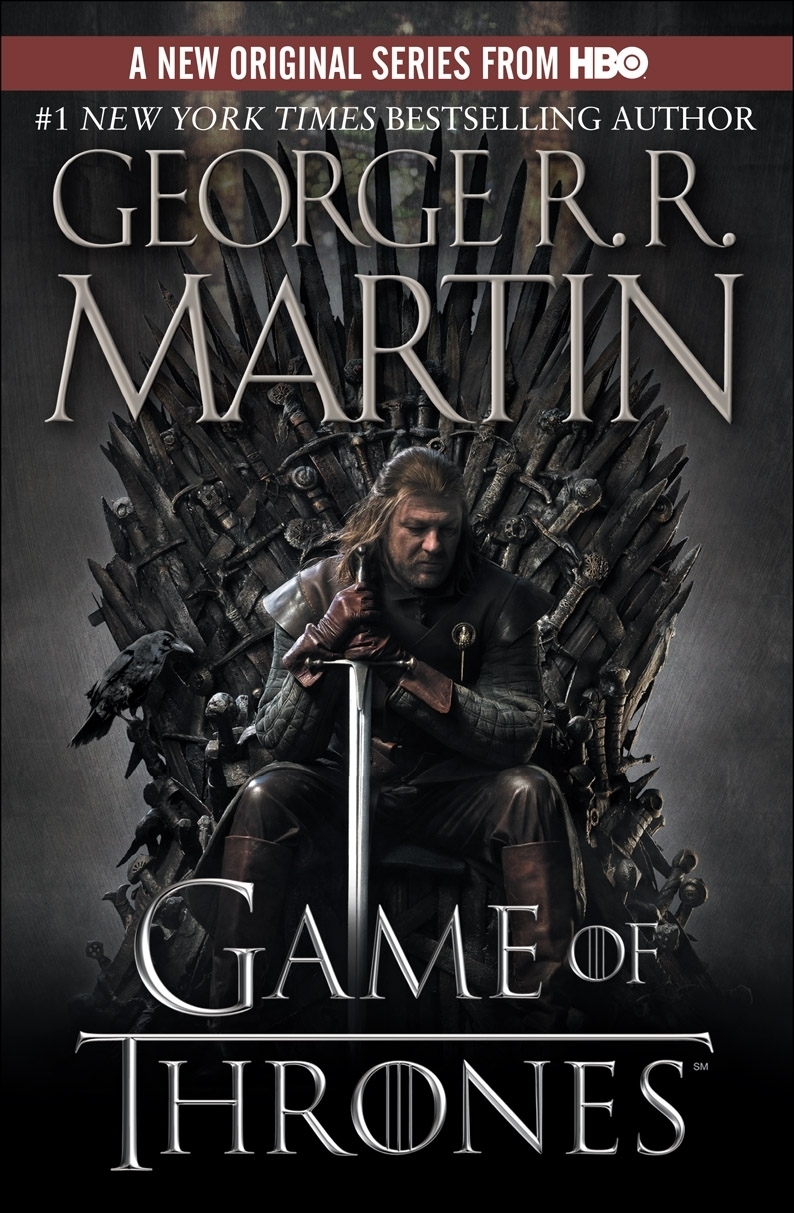






-cover.jpg)

